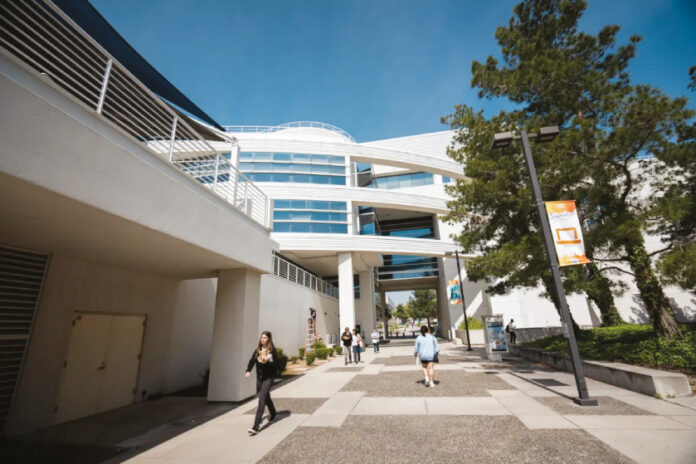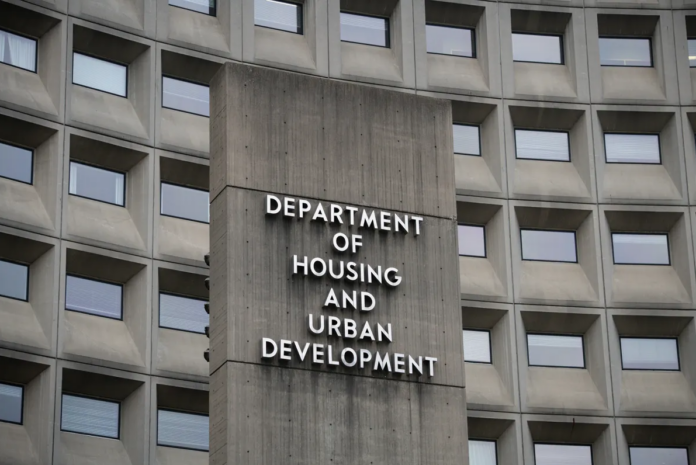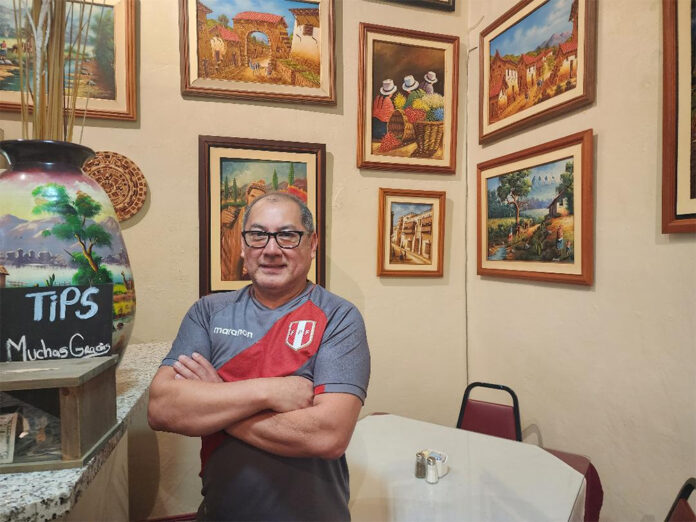by the El Reportero‘s staff
Starting this week, Mexico has enacted a significant public health law, banning junk food sales in all public and private schools across the nation. This move is a cornerstone of the government’s strategy to combat escalating rates of childhood obesity and diabetes, declared a health emergency by UNICEF. The initiative starkly contrasts with the situation in the United States, where unhealthy food options remain prevalent in schools despite similar health concerns.
The ban, overseen by the Ministries of Education and Health under the “Healthy Living” program, prohibits schools from selling food and drinks marked with black warning labels. These labels, introduced in 2020, identify products with excessive amounts of sugar, salt, fat, or calories. These prominent octagonal labels aim to quickly inform consumers about potentially unhealthy nutritional content, empowering healthier choices at the point of purchase, a standard now extended to school environments. Mexican President Claudia Sheinbaum has championed the ban, emphasizing that simple, nutritious foods like bean tacos are preferable to processed snacks like chips or sodas. Consequently, popular items such as donuts, hamburgers, French fries, flavored milk, and candy are now barred. Schools are mandated to offer healthier alternatives, including fresh fruits, vegetables, nuts, legumes, and lean proteins like eggs, cottage cheese, and chicken.
This decisive action responds directly to Mexico’s alarming health statistics. The National Health and Nutrition Survey indicates that 37 percent of children aged 5 to 11 are obese. Mexico leads Latin America in consuming sugary drinks and ultra-processed foods, which constitute roughly 40 percent of daily calories for preschoolers. This high consumption pattern is strongly linked not only to obesity but also to the early onset of chronic conditions like type 2 diabetes and cardiovascular problems, straining the healthcare system. These figures underscore the urgency behind the government’s intervention to foster healthier eating habits from a young age.
However, implementing this nationwide policy presents considerable challenges. Mexico has previously struggled with enforcing similar regulations, particularly given the logistical hurdles. Many of the country’s 255,000 schools, especially those in underserved areas, lack basic infrastructure like reliable water access or electricity, making compliance and the provision of fresh alternatives difficult. School administrators are responsible for reporting violations, but effective government monitoring across such a vast and diverse educational system remains a concern. Furthermore, regulating informal vendors often situated just outside school gates, who offer many of the banned items, presents an additional enforcement hurdle. Despite these obstacles, the government is hopeful the ban will positively impact the long-term health of Mexican children.
U.S. school nutrition lags behind
While Mexico prioritizes child health through legislative action, the United States has not adopted comparable measures. Junk food, including sugary drinks, greasy snacks, and highly processed meals, continues to be readily available in many U.S. school cafeterias and vending machines. Options frequently include pizza, burgers, chicken nuggets, sugary cereals, and vending machines stocked with candy and chips, often displacing healthier choices. This raises the question of why a developing nation like Mexico is implementing progressive health reforms that the U.S., with far greater resources, has yet to embrace.
The U.S. faces its own significant childhood obesity epidemic, affecting nearly 20 percent of children and adolescents. Public health advocates have long campaigned for stricter school nutrition standards and reduced access to unhealthy foods and beverages. Mexico’s bold policy serves as a potential wake-up call, demonstrating a commitment to prioritizing children’s well-being over potential pushback.
Critics argue the U.S. continues to allow corporate interests to heavily influence school food environments, hindering meaningful reform. Instead of contributing to the obesity crisis, the U.S. could learn from Mexico’s example by implementing stricter nutritional guidelines, investing in healthier meal programs, reducing the availability of processed foods, and enhancing nutrition education. Adopting stricter standards is not merely about addressing obesity statistics; it’s an investment in cognitive development, academic performance, and reducing future healthcare costs. If Mexico can take these crucial steps, the United States arguably possesses the capacity and resources to do the same, safeguarding the health of its future generations.













